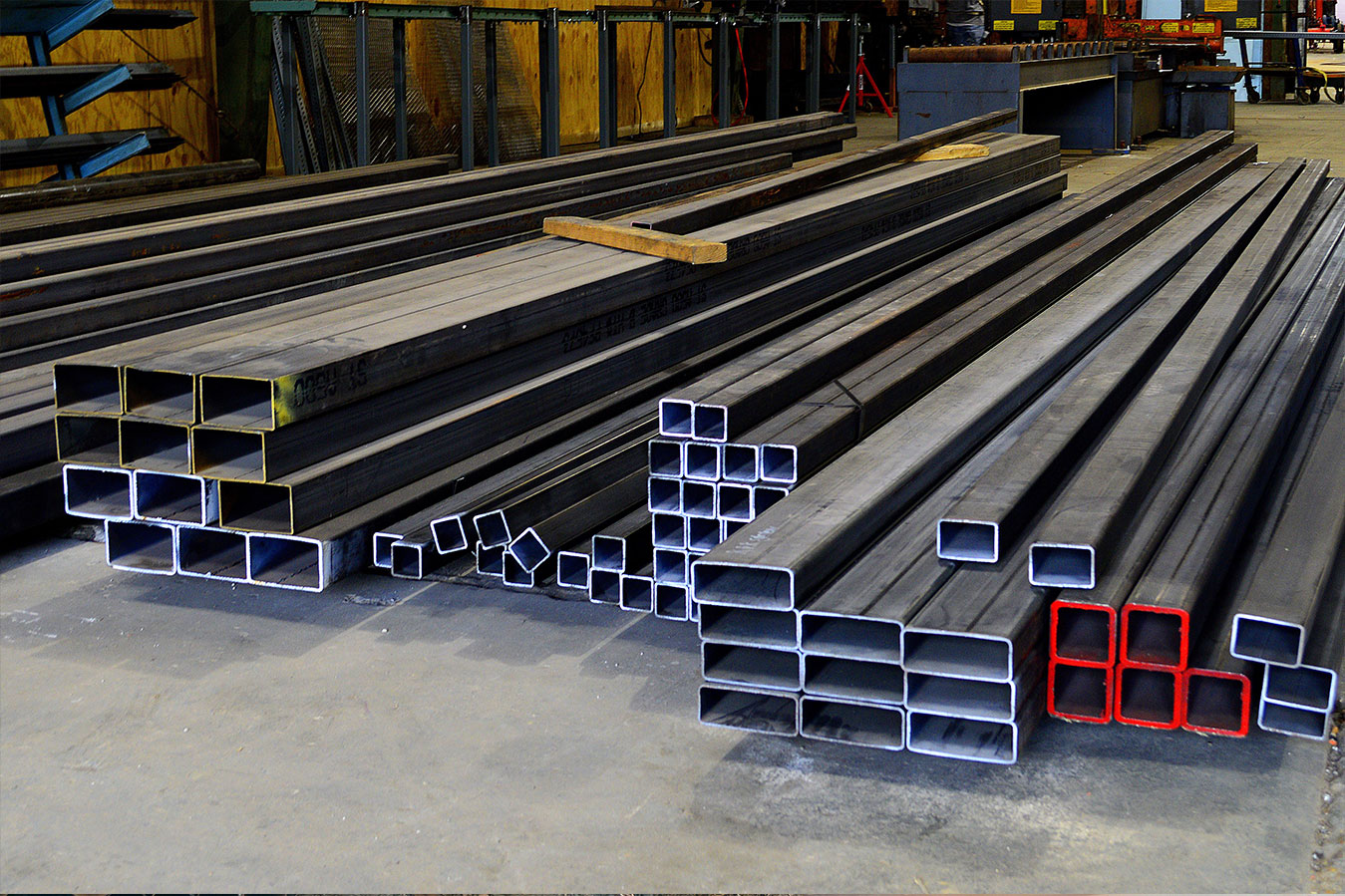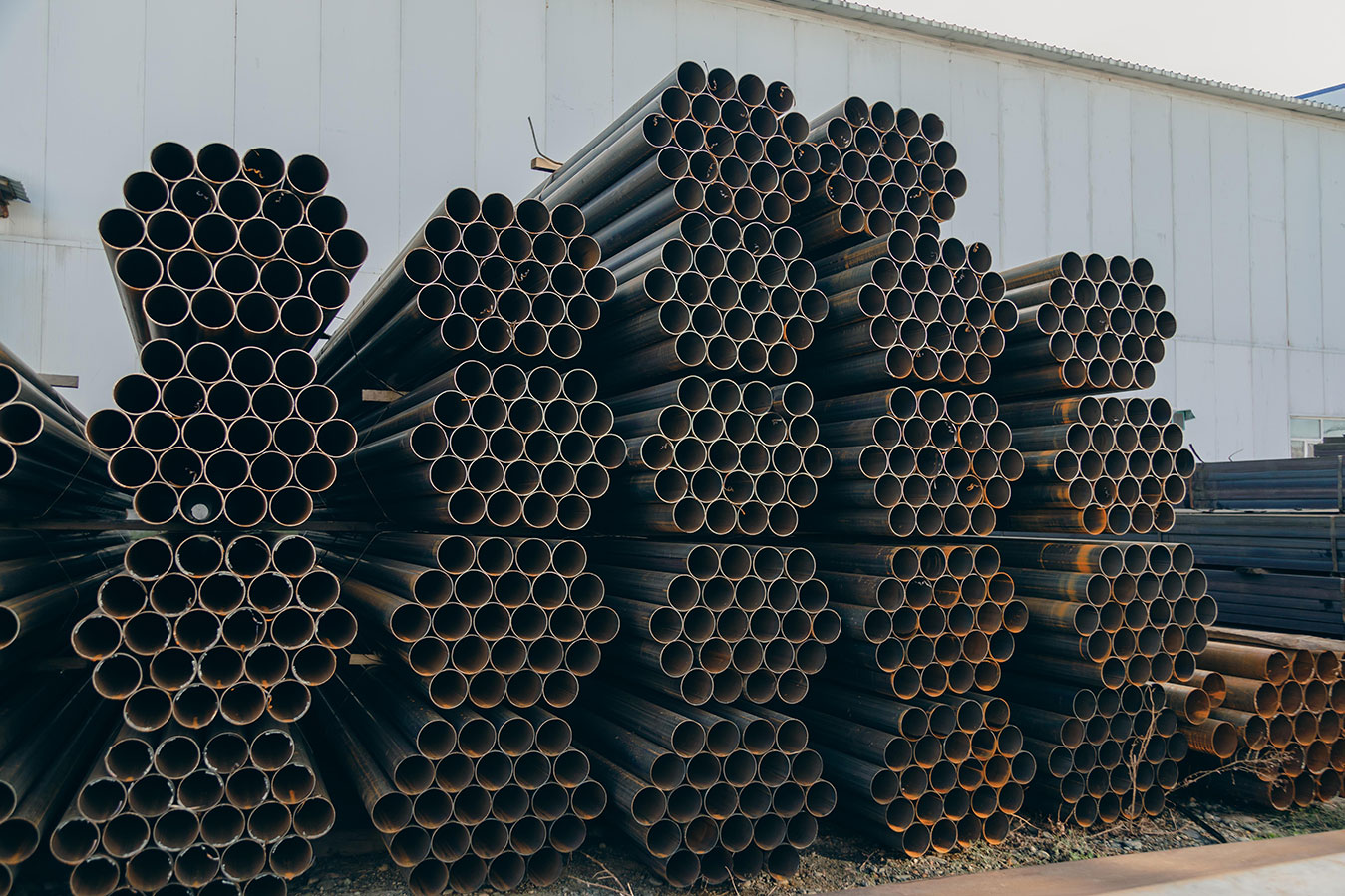MS Pipes & Tubes
MS Pipes & Tubes
MS (Mild Steel) pipes and tubes are widely used in various industries due to their affordability, strength, and versatility. Below is an overview of their content, characteristics, types, and applications
Order On
Order Now
Product Details
1. Composition of MS Pipes and Tubes
Base Material: Low-carbon steel (usually contains 0.16%-0.29% carbon).
Additional Elements: May include traces of manganese, silicon, and other elements for enhanced properties.
Surface Finishing: May have a black finish (raw) or be galvanized for corrosion resistance.
2. Characteristics
Durability: Resistant to mechanical stress and wear.
Work Ability: Easily bendable, weldable, and machinable.
Light Weight: Easier to handle compared to high-carbon steel pipes.
Corrosion Resistance: Can be improved through galvanization or coatings.
Economical: Cost-effective for general-purpose applications.
3. Types of MS Pipes and Tubes
Based on Shape
Round: Most common, used for fluid transport and structural purposes.
Square: Ideal for architectural applications and framework.
Rectangular: Preferred for fabrication and heavy structures.
Based on Manufacturing Process
ERW (Electric Resistance Welded): Formed by welding steel strips; cost-effective.
Seamless: Manufactured without welding; stronger and ideal for high-pressure applications.
Galvanized MS Pipes: Coated with zinc for enhanced corrosion resistance.
4. Common Sizes and Specifications
Outer Diameter (OD): Varies from 15mm to 600mm or more.
Thickness: 0.5mm to 12mm (or higher for custom requirements).
Length: Standard lengths are 6 meters, but custom sizes are also available.
Standards: IS 1239, IS 3589, ASTM A53, BS 7, etc., depending on the application.
5. Applications
Construction and Infrastructure
- Scaffolding
- Structural frameworks
- Fencing and gates
Industrial Uses
- Transportation of water, gas, and oil.
- HVAC systems (ducts and pipelines).
- Conveyor systems.
Automotive and Mechanical
- Exhaust systems.
- Frames and chassis components.
Agriculture
- Irrigation systems.
- Borewell casing pipes.
Furniture and Decorative
- Furniture frames.
- Railings and supports.
6. Maintenance and Care
- Regular inspection for rust or damage.
- Periodic painting or coating to prevent corrosion.
- Proper storage in a dry environment to avoid moisture exposure.
7. Advantages of MS Pipes and Tubes
Versatile: Adaptable for various industries.
Affordable: Low cost compared to other materials like stainless steel.
Sustainable: Recyclable and environmentally friendly.


